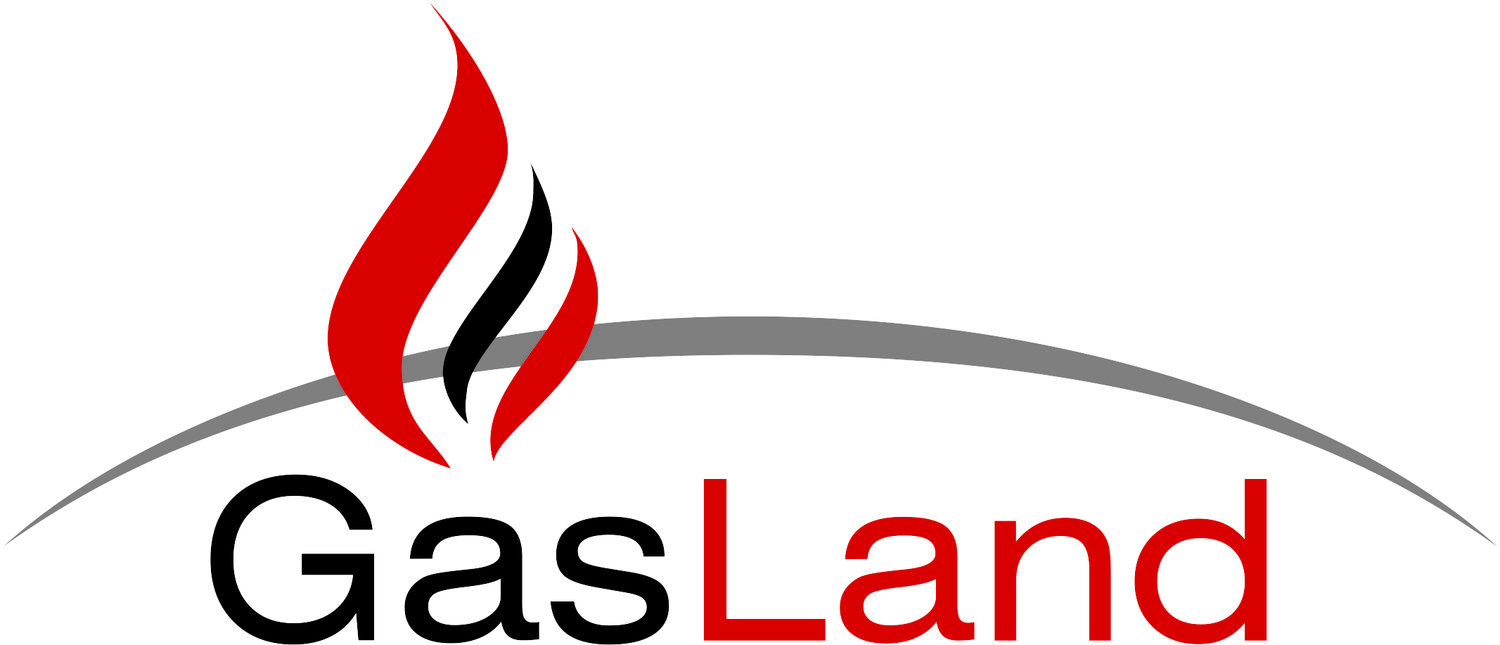Nitrogen Receivers, Air Tanks, ISO Containers, Ethylene Drums
ISO Containers Information
ISO or intermodal containers are used for the intermodal transport of freight. They are manufactured according to specifications from the International Organization for Standardization (ISO) and are suitable for multiple transportation methods such as truck, rail, or ship. These regulations define a shipping container that meets size, strength, and durability requirements. The basis of these regulations is to guarantee that the container can withstand extreme environments endured during transport as well as possess the structural integrity needed to be lifted by cranes or other heavy equipment.
When selecting an ISO container, the most important criteria to consider are the type and dimensions of the container. It is also important to understand the codes used to mark and identify the container as well as features that may be available.
There are several basic types of ISO containers including flat racks, open-top, dry freight, insulated, reefer, and tank containers.
Flat racks and platforms are ISO containers that are used to transport heavy machinery. They do not have side walls, but may have end bulkheads and are often collapsible.
Open-top containers are shaped like a box and loaded from either the top or end. They are designed to carry heavy, tall, or hard to load materials such as coal or grain.
Dry freight or cube containers are front loaded, completely enclosed and suitable for general-purpose transportation.
Insulated or thermal containers are suitable for transporting chilled and frozen goods, as well as temperature-sensitive materials and products. They have insulated walls, but are not refrigerated.
Reefer or refrigeration containers are temperature controlled containers that have an integral refrigeration unit. They are used to ship and transport perishables or other items that require a temperature controlled atmosphere.
Tank containers are built to the same standard dimensions as other ISO containers, but are cylindrical vessels mounted in a rectangular steel framework. Typically, these containers are used to transport liquid or bulk materials.

